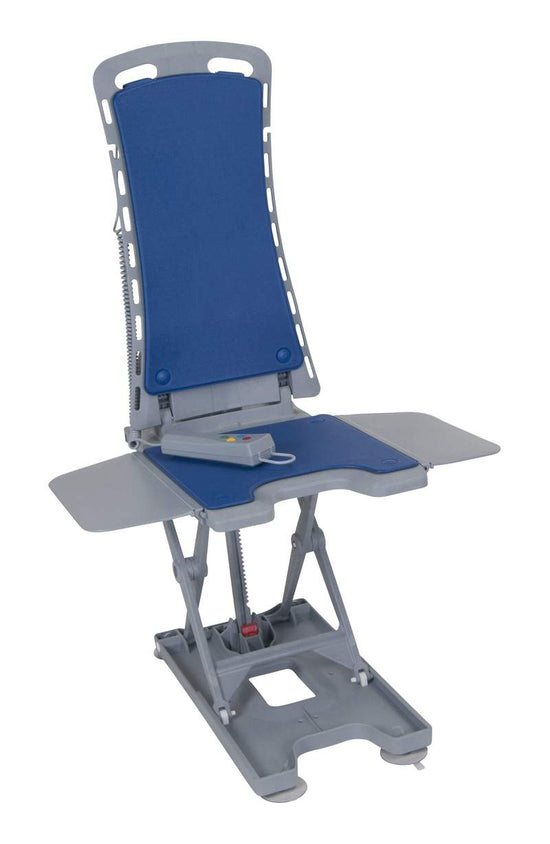High-quality surgical instruments are a cornerstone of effective patient care, particularly in reducing postoperative complications. The precision and reliability of these tools directly influence the success of surgical procedures and the speed of patient recovery. Here’s how top-tier surgical instruments contribute to better outcomes:
- Precision and Accuracy: High-quality surgical instruments are designed with meticulous attention to detail, ensuring precise cuts and manipulations. This precision minimizes tissue damage, leading to faster healing and reduced pain for the patient.
- Durability and Reliability: Premium surgical tools are made from superior materials, such as high-grade stainless steel or titanium, which are resistant to corrosion and wear. This durability ensures that instruments remain sharp and effective over multiple uses, reducing the risk of instrument failure during critical procedures.
- Enhanced Sterilization: Superior surgical instruments are easier to sterilize thoroughly, reducing the risk of infections post-surgery. Proper sterilization is crucial in preventing postoperative complications such as surgical site infections (SSIs), which can significantly delay recovery times.
- Ergonomic Design: Quality instruments often feature ergonomic designs that reduce fatigue for surgeons during lengthy procedures. This can lead to more consistent performance and fewer human errors, ultimately benefiting patient outcomes.
- Compliance with Standards: High-quality surgical instruments typically comply with stringent industry standards and regulations. Compliance ensures that these instruments are safe and effective for use in medical procedures, further reducing the likelihood of complications.
- Consistency in Performance: The consistency offered by high-quality instruments means that surgeons can perform operations with greater confidence and predictability, leading to smoother procedures and better patient recovery experiences.
Investing in high-quality surgical instruments is not just about purchasing premium tools; it’s about ensuring the best possible outcomes for patients. The reduced risk of complications and faster recovery times underscore the importance of using top-tier instruments in medical practices.
Impact of Premium Wound Care Products on Healing Times
Premium wound care products play a crucial role in enhancing patient recovery by significantly impacting healing times. These advanced products offer numerous benefits, ensuring that wounds heal faster and more effectively. Here’s how high-quality wound care products contribute to improved healing outcomes:
- Optimized Moisture Balance: Premium wound dressings are designed to maintain an optimal moisture balance at the wound site. This environment promotes faster cell regeneration and reduces the risk of scabbing and scar formation, ultimately leading to quicker and smoother healing.
- Enhanced Protection: High-quality wound care products provide superior protection against external contaminants and bacteria. This protective barrier minimizes the risk of infection, a common cause of delayed healing, and ensures that the wound remains clean and safe throughout the recovery process.
- Improved Breathability: Advanced wound care materials offer excellent breathability, allowing the skin to breathe while still protecting the wound. Proper airflow helps to keep the wound environment healthy and supports natural healing processes.
- Pain and Discomfort Reduction: Many premium wound care products are designed to be gentle on the skin and minimize pain and discomfort during dressing changes. This not only improves patient comfort but also encourages adherence to treatment plans, leading to better healing outcomes.
- Antimicrobial Properties: Some high-quality wound care products incorporate antimicrobial agents that actively combat bacteria and other pathogens. These properties help reduce the risk of infection and promote a sterile healing environment.
- Innovative Materials: The use of advanced materials, such as hydrocolloids, alginates, and foam dressings, provides tailored solutions for different types of wounds. These materials adapt to the specific needs of each wound, ensuring optimal healing conditions.
- Cost-Effectiveness: Although premium wound care products may have a higher upfront cost, they can be more cost-effective in the long run by reducing the need for frequent dressing changes and additional treatments due to infections or complications.
By leveraging the benefits of premium wound care products, healthcare providers can significantly enhance patient recovery experiences. The faster healing times and reduced risk of complications underscore the importance of investing in high-quality wound care solutions.
How Advanced Diagnostic Tools Improve Patient Outcomes
Advanced diagnostic tools are pivotal in modern healthcare, significantly improving patient outcomes by enabling early and accurate detection of medical conditions. These tools enhance the speed and effectiveness of diagnosis, leading to timely interventions and better recovery times. Here’s how advanced diagnostic tools contribute to improved patient outcomes:
- Early Detection and Diagnosis: High-quality diagnostic tools, such as MRI machines, CT scanners, and advanced blood tests, allow for the early detection of diseases. Early diagnosis enables prompt treatment, which can prevent conditions from worsening and lead to faster recovery.
- Accuracy and Precision: Advanced diagnostic equipment provides highly accurate and precise results. This accuracy ensures that patients receive the correct diagnosis, reducing the chances of misdiagnosis and inappropriate treatments that can delay recovery.
- Non-Invasive Techniques: Many modern diagnostic tools employ non-invasive methods, which are less traumatic for patients. Techniques like ultrasound and digital radiography minimize discomfort and reduce recovery time compared to more invasive diagnostic procedures.
- Comprehensive Monitoring: Tools such as continuous glucose monitors and wearable heart rate monitors provide real-time data, enabling continuous monitoring of patients' conditions. This ongoing assessment helps healthcare providers make informed decisions quickly, improving patient care and recovery rates.
- Personalized Treatment Plans: Advanced diagnostics can identify specific biomarkers and genetic information, allowing for personalized treatment plans tailored to each patient's unique needs. Personalized medicine enhances treatment efficacy and speeds up recovery.
- Reduced Hospital Stays: Accurate and timely diagnostics can lead to quicker interventions, which often result in shorter hospital stays. Reducing the length of hospital stays not only benefits patients by allowing them to recover at home but also decreases healthcare costs.
- Enhanced Patient Confidence: Knowing that they are being monitored with state-of-the-art diagnostic tools can boost patients' confidence in their treatment plans. This psychological benefit can positively influence recovery, as patients are more likely to adhere to their prescribed treatments.
The integration of advanced diagnostic tools into healthcare practices underscores the importance of investing in high-quality medical supplies. These tools not only improve patient outcomes through early and precise detection but also streamline the path to recovery, ensuring better health and well-being for patients.
The Importance of Sterile Supplies in Infection Control
Sterile medical supplies are a fundamental aspect of infection control in healthcare settings, playing a critical role in patient safety and recovery times. The importance of using sterile supplies cannot be overstated, as they directly impact the risk of infections and overall patient outcomes. Here’s why sterile supplies are essential in infection control:
- Prevention of Surgical Site Infections (SSIs): Sterile instruments, gloves, and dressings are crucial in preventing SSIs during surgical procedures. SSIs can lead to severe complications, prolonged hospital stays, and delayed recovery times. Ensuring the sterility of these supplies significantly reduces the risk of such infections.
- Protection Against Cross-Contamination: The use of sterile supplies helps prevent cross-contamination between patients and healthcare providers. Items like sterile needles, syringes, and catheters minimize the transfer of pathogens, ensuring a safer environment for both patients and staff.
- Compliance with Health Standards: Adhering to strict sterilization protocols ensures compliance with local and international health standards and regulations. This compliance not only protects patients but also maintains the credibility and reputation of healthcare institutions.
- Enhanced Wound Healing: Sterile wound care products, such as bandages and dressings, create a clean healing environment free from bacteria. This promotes faster wound healing and reduces the risk of secondary infections, leading to quicker recovery times.
- Reduction in Healthcare-Associated Infections (HAIs): HAIs, such as urinary tract infections and bloodstream infections, can be significantly reduced by using sterile supplies. These infections often result from the use of contaminated equipment or supplies, and their prevention is key to improving patient outcomes.
- Cost Savings: Although sterile supplies may have a higher initial cost, they can lead to significant cost savings by preventing infections that require additional treatments, extended hospital stays, and readmissions.
- Peace of Mind for Patients and Staff: Knowing that all medical supplies are sterile provides peace of mind to both patients and healthcare providers. This assurance can improve patient compliance with treatment plans and enhance the overall quality of care.
Investing in high-quality sterile medical supplies is paramount for effective infection control and improved recovery times. By minimizing the risk of infections, these supplies play a vital role in ensuring safe and efficient patient care, ultimately leading to better health outcomes and enhanced patient satisfaction.




